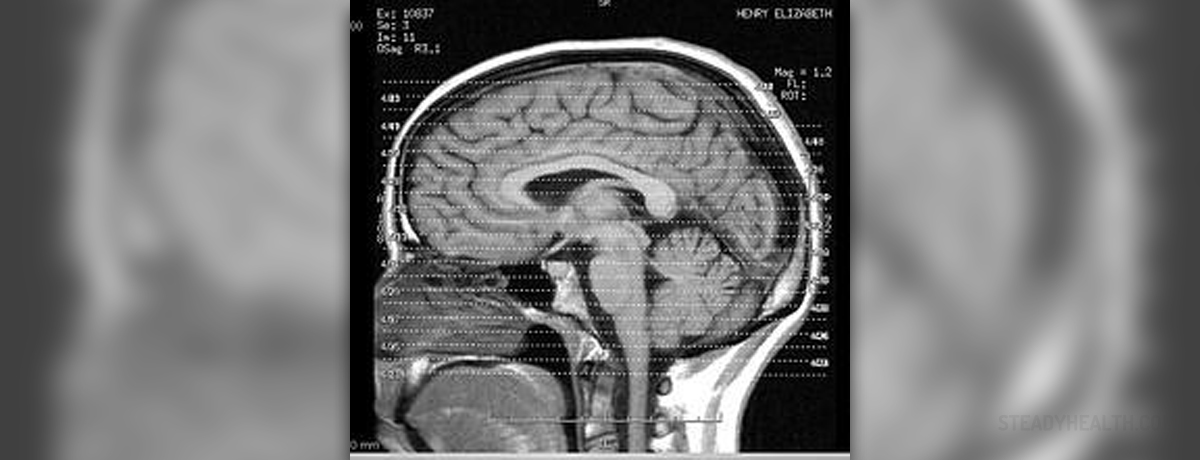
Electro-convulsive therapy, formerlyknown as the electroshock therapy is a treatment through whichseizures are triggered in patients for the sake of treatment.However, it is yet unknown why this therapy is exactly efficient forthese purposes. Nevertheless, this form of treatment remains used forthe treatment of numerous mental problems such as depression and thebipolar disorder, helping people who have failed to find recoverythrough other forms of treatment.
The following lines will presentelectro-convulsive therapy better and provide more information aboutthe risks associated with this form of medical intervention.
Bipolar Disorder and Electro-ConvulsiveTherapy
In general, this therapy was firstintroduced by Italian neuropsychiatrists in 1938. Yet, it startedbeing widely used during the 1940s and 1950s.
It is most commonly used for thetreatment of people who are suicidal, psychotic or individuals whopose a threat to themselves and the others in any other way.Therefore, bipolar people can certainly find relief through theelectro-convulsive therapy. In fact, this form of treatment iseffective in about 75% of cases.
Mania and depression, being the twomain sides of a bipolar disorder can effectively be treated throughthe exposure of the brain to electric current, emitted throughelectrodes placed on certain parts of the skull. However, due to theunknown reasons behind the effectiveness of electro-convulsivetherapy, it is usually used as a last resort for treating bipolardisorder, once the patient has failed to react to any other forms oftreatment, not responding to medications or any other approaches.
The electro-convulsive therapy involvesthe patient receiving muscle relaxants and general anesthesia. Oncethis first stage is done, he/she is connected to the electrodes,usually while lying down and the current produced triggers a seizurein the person. While under the influence of the anesthesia and themedications, the patients usually react to seizures by barely movingtheir legs and hands. Yet, bearing in mind that they are carefullymonitored by their doctors during this stage, these seizures arenoticed on time and the treatment is modified according to them.
This completes the therapy and thepatient, after the medications wear off, wakes up, not rememberinganything related to the process. Moreover, confusion is normal to befelt once the therapy is done. Fortunately, this adverse effect doesnot last for long. The therapy is repeated about 3 times a week, overthe course of two or four weeks.
Today, the electro-convulsive therapyhas undergo a great deal of improvement. In fact, many expertsconsider it to be safer than taking lithium, which is a commonscenario for bipolar patients. Therefore, it is a good form ofintervention for individuals who cannot wait for their medications totake effect, those who are bothered by suicidal thoughts during theirdepressive phases, those who choose electro-convulsive therapy overmedications , those who are pregnant and choose this therapy as asafer alternative, those who cannot tolerate drugs and patients whoare very young or suffering from heart problems.
Researches have shown that the ECT,being an abbreviation for the electro-convulsive therapy, increasesthe permeability of the blood-brain barrier, leading to ananti-seizure effect, reducing the blood flow to the brain parts whichaffect the mood negatively.
Secondly, some experts claim that theECT triggers certain positive hormonal changes in bipolar patientshelping them control their behavior and mood better. Others relate itto dopamine production, being the production of neurotransmitterswhich are related to bipolar disorder quite a bit. Finally, the ECTis thought to stimulate the production and growth of neurons in thepart of the brain in charge of memory.
However, there are certain side-effectswhich all people who opt for ECT for bipolar disorder treatment needto bear in mind.
Electro-Convulsive Therapy Risks
The use of ECT has always been relatedto controversy and many institutions claim that it is not a safe formof medical treatment. Yet, due to its effectiveness, it is widelyused nevertheless.
Some of the most common side-effectsrelated to this form of medical treatment are jaw pain, nausea,headaches and confusion, affecting the patient once he/she wakes uponce the procedure is done.
However, in some rare cases, patientswho have undergone ECT were reported to have suffered from heartattacks and strokes. Also much less frequently, patients have diedduring or after these procedures. Therefore, if you suffer formcertain heart conditions, make sure you consult with your doctorcarefully before undergoing ECT for the treatment of bipolar disorder
All in all, ECT has proven quiteeffective in the treatment of bipolar disorder. It is a procedurewhich exposes the brain of the patient to electric current, provokinga seizure in order to stop the symptoms of mood andpersonality-related conditions such as the bipolar disorder andsimilar illnesses.


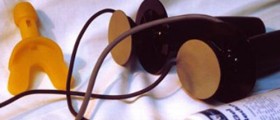


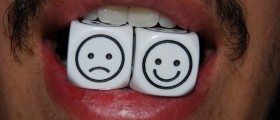
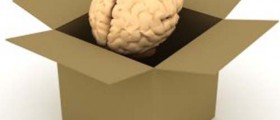






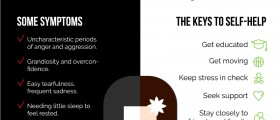



Your thoughts on this
Loading...